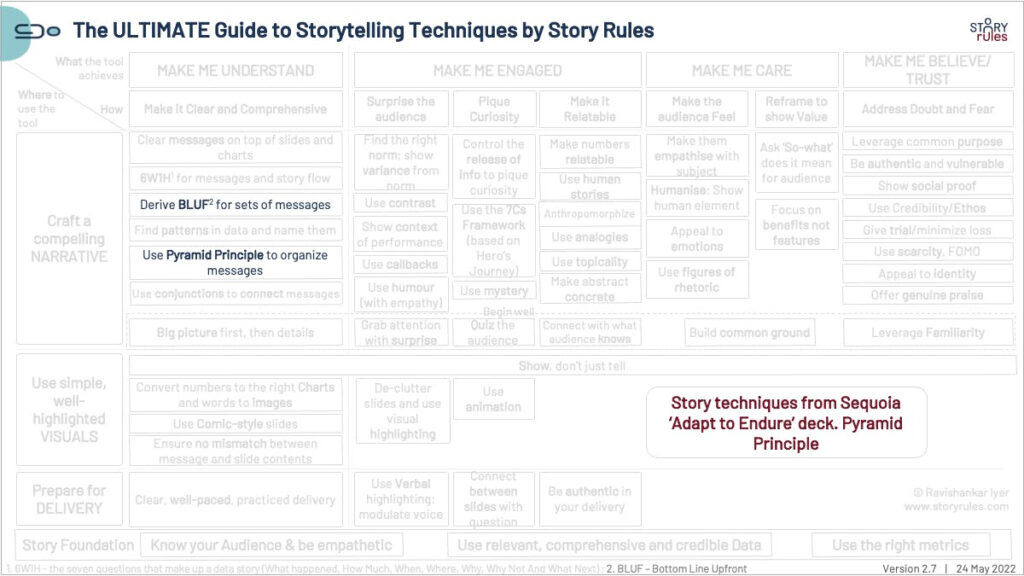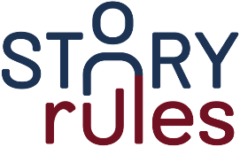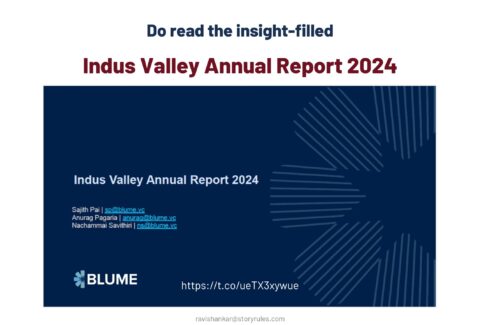#SOTD 68: Use the Pyramid Principle to structure thoughts (Sequoia deck)
June 1, 2022 2023-01-04 18:56#SOTD 68: Use the Pyramid Principle to structure thoughts (Sequoia deck)

#SOTD 68: Use the Pyramid Principle to structure thoughts (Sequoia deck)
Today we look at how the Sequoia deck uses one of the most powerful (yet less used) frameworks in data storytelling.
This week I’m breaking down some of the storytelling techniques used in Sequoia’s recent presentation to its portfolio companies titled ‘Adapting to Endure’. In case you missed it, here’s the original presentation.

In Monday’s email, we looked at how the presenter starts with a personal story – of having faced a similar economic downturn; while Tuesday’s edition looked at how the deck had clear messages on top of slides and charts.
Today’s lesson: The use of the Pyramid Principle to structure your thoughts.
Imagine a slide with the following bullet points
- When capital was free, the best performing companies were capital consumptive.
- As capital has gotten expensive, these have become the worst performing companies.
- What are the other implications of capital being expensive?
- Given every dollar is more precious than it was, how are you going to change your priorities?
It takes you a fair bit of time to read these points. And in the end you are thinking – ok what’s your net point, buddy?
Here’s the slide with the ‘net point’:
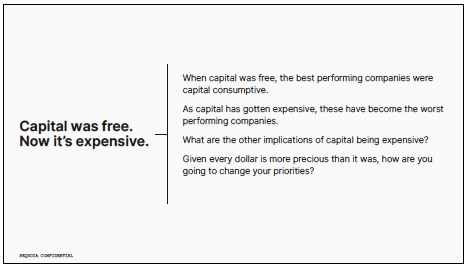
So clear and succinct right? By reading that summary message, it’s almost like you don’t need to read the rest of the bullet points.
It gets better. When the presentation moves to the recommendation section, it embraces full Pyramid mode.
First up is level one of the Pyramid, where Sequoia lays out the three main areas where they recommend that Founders need to work on:
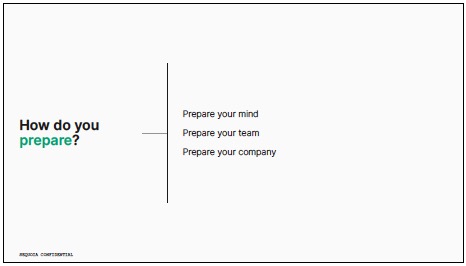
And then each area is elaborated in a clear detailing of the Pyramid:

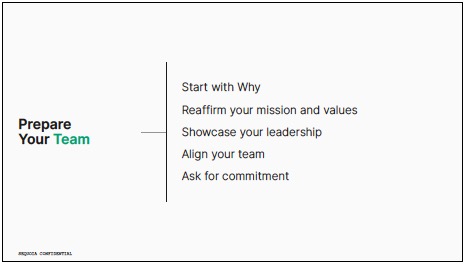
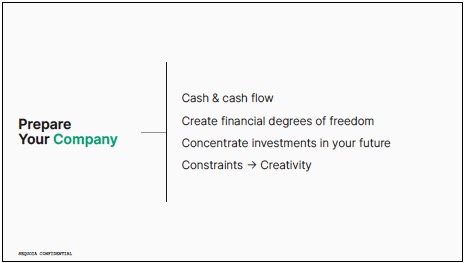
Many months back, I had written a short primer on the framework. It is perhaps the most powerful (yet less known) tool in data storytelling.
#SOTD 68
